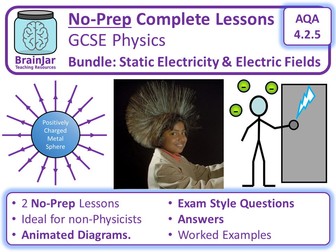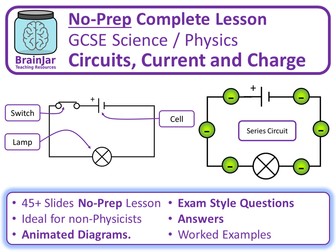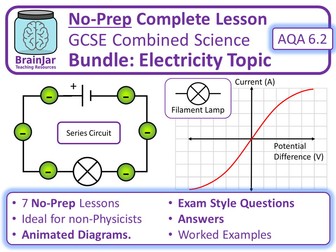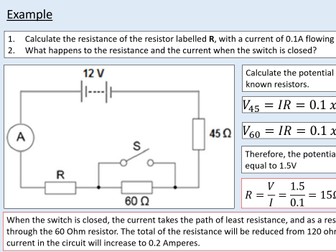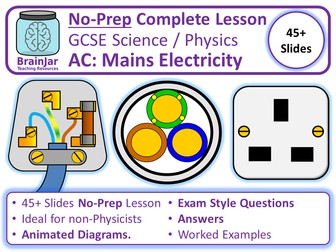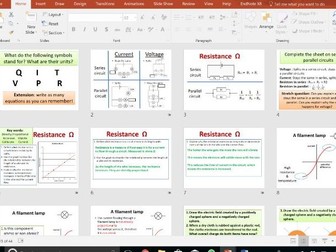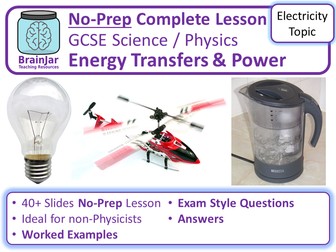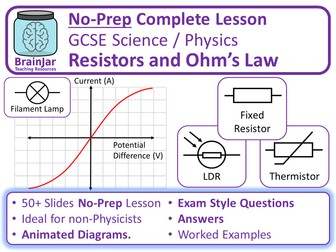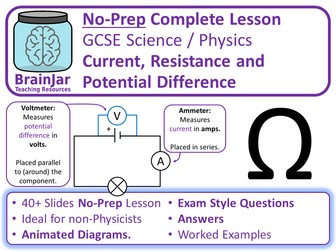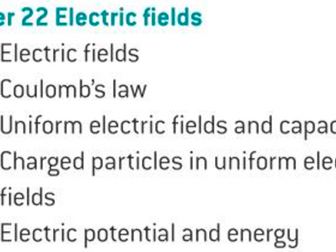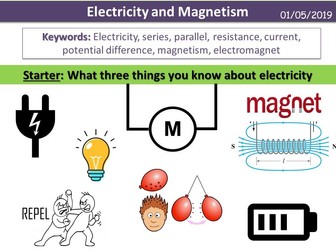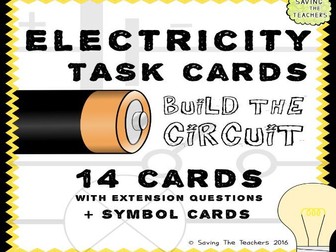Bundle
Bundle: Static Electricity and Electric Fields
Two complete No-Prep lessons with exam questions, tasks and answers on Static Electricity (Static Charge and Electric Fields) for AQA GCSE (9-1) Physics, covering all of exam spec points 4.2.5.1 and 4.2.5.2.
This mini bundle can be used with the following bundle so you have all the lessons for the Electricity Topic for GCSE Physics: https://www.tes.com/teaching-resource/resource-12660191
As a Secondary Science teacher, Deputy Headteacher, writer and examiner for many years I make high quality no-prep lessons so busy teachers can teach outstanding lessons without spending hours planning. These high quality lessons include explanations, different types of in-lesson assessment (all with answers) and unique exam questions.
My lessons are ideal for non-Physicists - as a Biologist who retrained as a Physics teacher I know how to take learners on a journey that builds up their understanding step by step, while still going into a lot of depth. The preview videos show a representative sample of slides from the resources so that you get a good idea of what they include before you buy.
What’s Included in each lesson:
• Starter / Do Now Activity
• Explanation slides in “chunked” sections with animated diagrams.
• Multiple questions in different question styles and difficulties - no need for worksheets. Each “chunked” explanation section typically includes a set of “learning check / quick questions” followed by a set of in-depth questions on the learning from that “chunk” of the lesson. All questions have answers.
• Exam-style questions on the whole lesson at the end of the lesson- these are unique, based on real exam questions but not just copied from exam boards.
• Answers for all questions
• All easily editable to adapt to your teaching or to use in existing lessons.
• Slightly humorous, at points, if you like that sort of thing.
The lessons were written for AQA GCSE Physics but are very likely to be applicable to other exam specifications.
Please leave a rating / review and all other feedback gratefully received!
